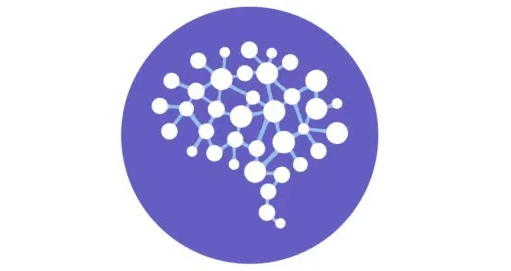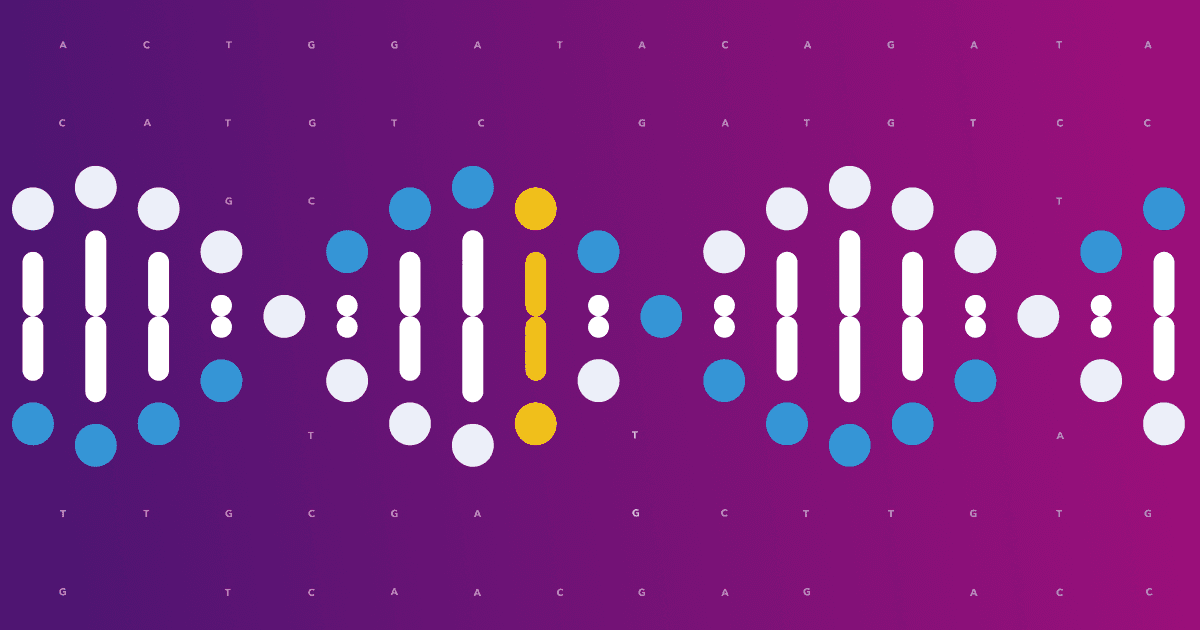
Experts estimate that 5% of the United States population – at least 15 million people – have weak spots in the arteries of their brains known as aneurysms. Each year about 27,000 of these bulging arteries burst, releasing blood into the space around the brain and potentially leading to stroke, brain damage or death.
The siblings of people who have had a ruptured brain aneurysm are four times more likely to suffer the same fate, suggesting that genes play a part in determining risk. So far, however, studies of families with a history of a brain aneurysm and genes thought to be likely candidates have failed to produce any convincing genetic links.
A new study published online yesterday in Nature Genetics reports three genetic variants that, when combined, can increase the odds of brain aneurysm by almost three-fold. The variants increased risk independent of sex, family history, and age.
Kaya Bilguvar and colleagues began by screening hundreds of thousands of SNPs in two European samples, one from Finland and one from the Netherlands. They then looked for evidence that the most strongly associated SNPs also increased the likelihood of aneurysm in a Japanese sample. All told, more than 2,100 people with a brain aneurysm and 8,000 controls were studied. The authors say that they used a diverse population for their studies so that the results could be extended to a broader segment of the world’s population.
The researchers found associations between SNPs on chromosomes 2, 8, and 9, and brain aneurysm risk. A person with five or six “risky” copies (there are six possible — everyone has two copies of each of the three SNPs) has almost three times greater odds of having a brain aneurysm compared to someone who has zero or only one risky copy.
SNPs in the same region of chromosome 9 as rs1333040 have previously been associated with arterial diseases, including brain aneurysms.
In many cases, the first sign of a brain aneurysm is the catastrophic bleeding in the brain that happens when it ruptures. The authors of the current report caution that further work will be needed in this area and that there are most likely more DNA variants to be found. But they say their findings, in combination with assessment of other risk factors, could help identify people with brain aneurysms before it’s too late.
“Effect” is the increase in odds compared to someone with two copies of the non-risk version of each SNP as calculated in Bilguvar et al for the combined Finnish, Dutch and Japanese sample.



